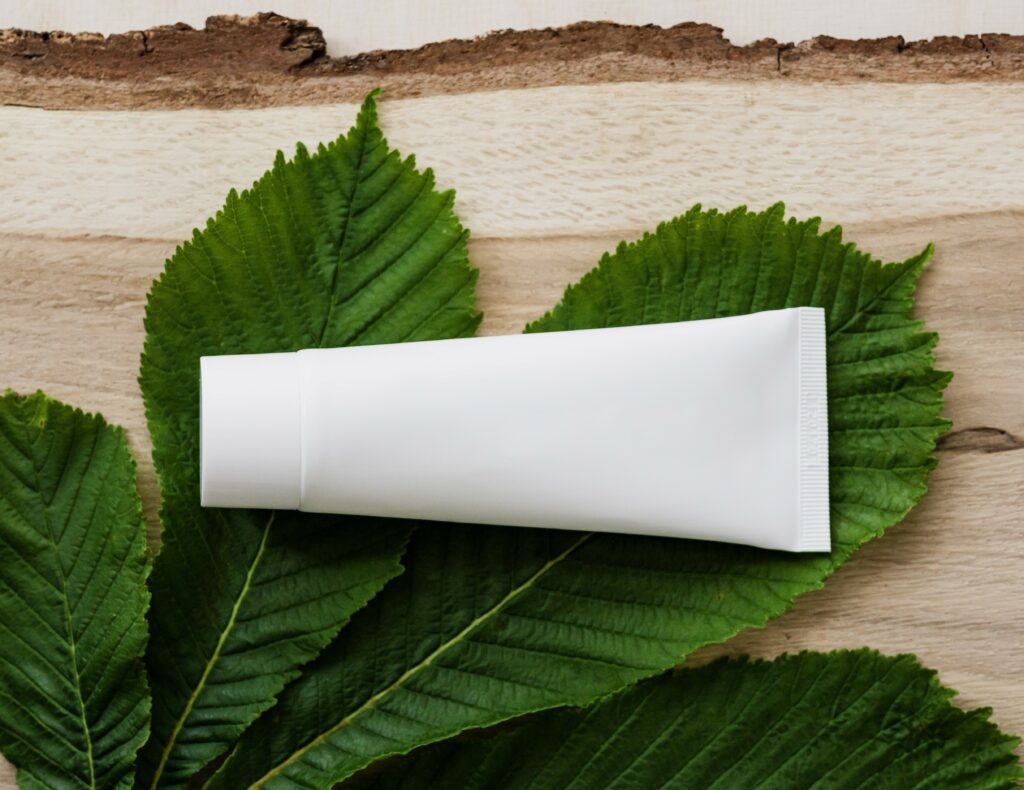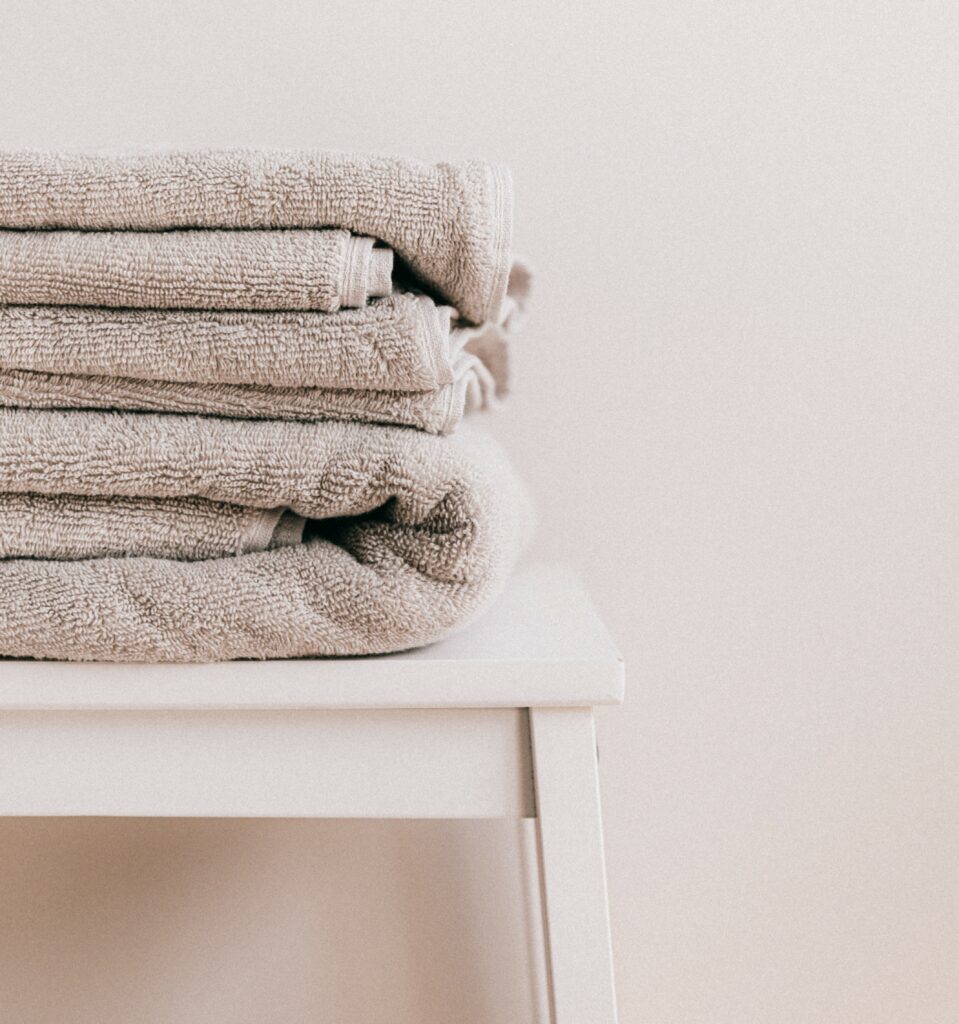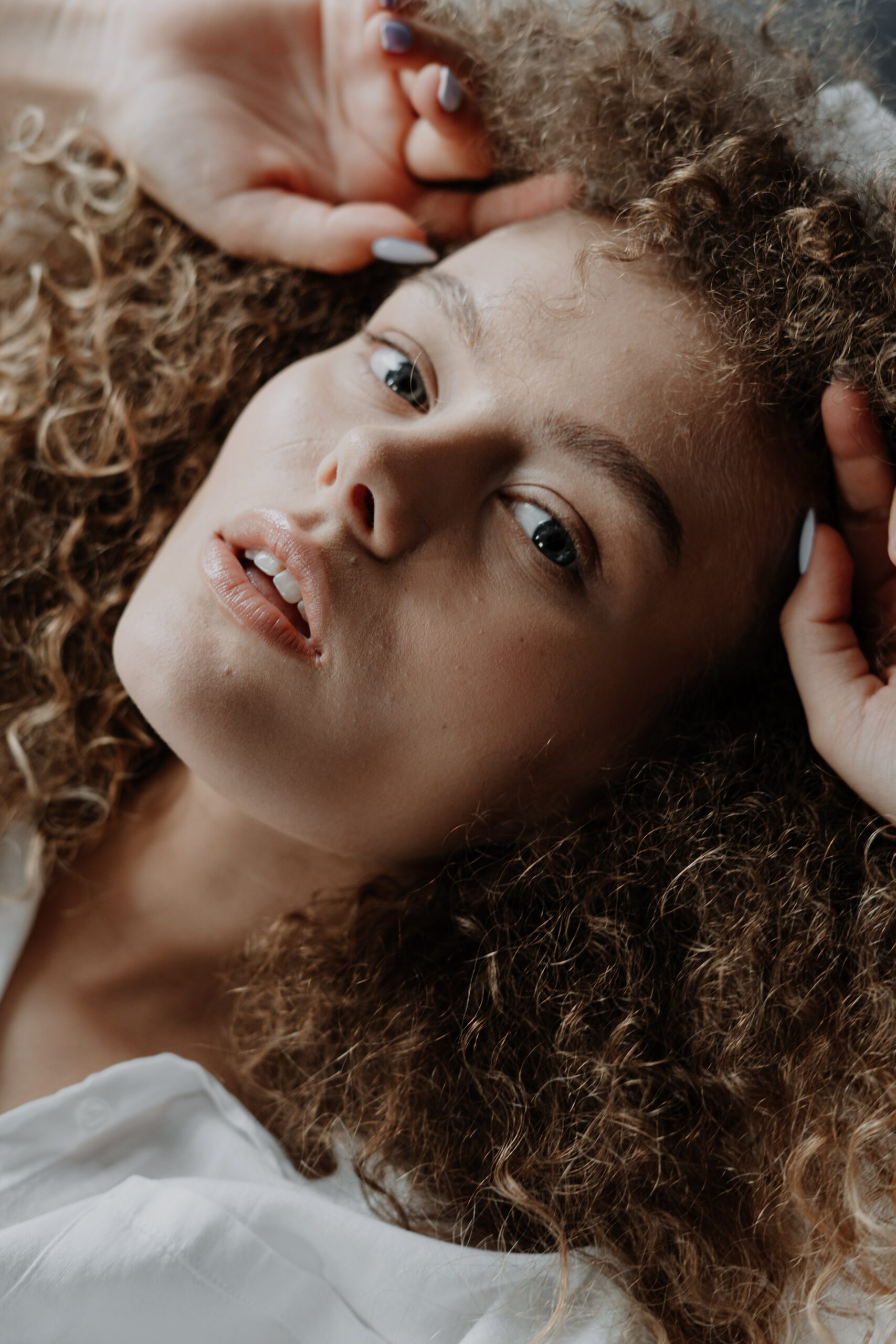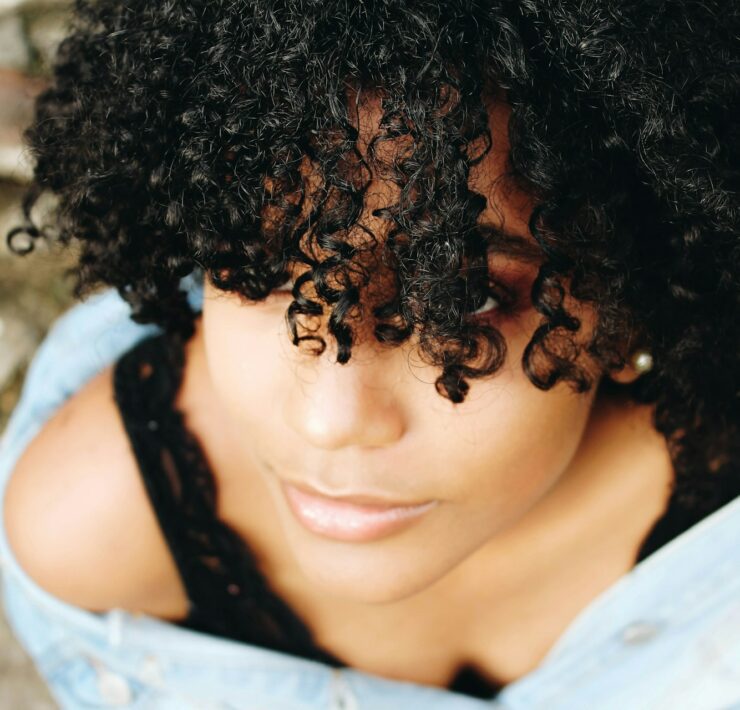
“Frizz is just a curl waiting to happen.” – Lorraine Massey
Here are a few useful tips on the causes of frizzy hair and what you can do to combat it.
Humidity: Anyone who has watched the tv series “Friends” will remember the infamous episode where Monica’s hair famously frizzes while visiting Barbados. As comical as the scene was, humidity-caused frizz can be a real struggle. And if you thought that areas with high humidity are the only culprit, then think again. Living in areas with low humidity also comes with its disadvantages as hair can become dry without moisture. The solution for high or low humidity is to ensure that your hair is well hydrated whether by using a leave-in product, deep conditioning on a regular basis or by using firm hold products.

A related but slightly different parameter is
Dew Or Moisture: Humidity is generally defined as the amount of water vapor in the atmosphere. In high humidity, around 90% or so, curls tend to frizz and lose their shape quickly. While humidity is more of a weather concern, what actually affects our hair is the dew point. If you thought that dew was just those picturesque little water droplets sitting on fresh grass at dawn, you would be wrong. Dew point is often described as the concentration of moisture (water) vapor in the air and can actually impact your hair! If you live in a tropical climate with humid conditions, the dew points tend to be higher. Under these weather conditions, if you were to use a humectant, it could certainly result in more frizz. Humectants are materials used to moisturize and condition hair. They promote moisture retention in hair by attracting water molecules from the air. Glycerin is a typical example of a humectant. Humectants are undoubtedly effective if softening your hair is the objective. However, combined with the moisture already present in humid air, the hair will react by becoming frizzier. Humectants are advisable if you live in a place with moderate, cool climate conditions. If you still want to go ahead and use products with glycerin, then make sure to use a firm hold product or an emollient right after. Beware of product build-up caused by emollients though. For more details about that read on.
Wrong Styling Products: Curl creams, moisture reactivators, gels, serums, everyday gloss…the market is simply flooded with a variety of new products that aim to wow curly hair in a number of attractive ways. Beautifully packaged and promising miraculous results, these products can be very attractive. However, using them randomly without taking your hair texture into account can result in frizz. If your hair has excessive protein already, a hair styling product with additional added protein can dry out the hair faster and lead to even more frizz. And as mentioned earlier, a styling product with glycerin in it can react with the moisture in the air, making your hair frizzy. Use firm hold styling products and know when to use, and when not to use, certain humectants as well as emollients. While following CGM, continue to avoid products that contain sulfates and silicones.

Avoid Touching Wet or Damp Hair: We are all guilty of being impatient. We have packed schedules and busy days, like that rendez-vous in ten minutes or that zoom meeting in five minutes. We tend to prioritize those moments over letting our hair air dry. We start touching the hair urging it to dry faster and, in the process, we end up breaking up hair clumps and are instead left with frizz. So, stop touching your hair and take a few extra minutes to diffuse your hair. It will help your hair dry faster if you are in a rush.
Build Up: Build up can be caused by hard water and remnants of certain styling products. Styling products that contain emollients are prone to leave some build up in the hair. Shea butter, jojoba oil, argan oil, etc., are commonly used emollients. Though these wonder oils bring much-needed nutrients to the hair, they must be used with care. Regular clarifying of hair with a clarifying shampoo, once or twice a month can help in resolving build up caused by these oil and butters. Clarifying is also the solution to hard water build up. Consider investing in a shower filter if your house has hard water.

Water Quality: Dry, tangled, and frizzy hair can be the result of using hard water or well water. Hard water can adversely affect hair texture and color, and lead to excessive dryness. The main culprit is the presence of heavy minerals present in hard water that can result in various secondary issues. Calcium build-up that obstructs your hair from absorbing moisturizers from hair care products, minerals crystallizing on your scalp clogging the hair follicles, hair breakage as a result of brittle texture, mineral build-up that can interfere with the effectiveness of shampoos and hair care regimes, choking of pores leading to itching and inflammation, making the scalp environment amenable for bacterial growth and fungal growth, and accelerating the dandruff issue, to name just a few. The only solution to tackle a hard water problem is to install a water treatment filter or a water softener fitted to your tap or showerhead. Depending on your preference and budget, you can install a whole-house or point-of-use water softener. Yet another factor to keep in check, is the temperature of the water. Very hot water can strip the hair of natural oils that keep it moisturized and smooth. So, if you are prone to frizz, you might want to ease up on the heat and do a cool rinse.
Protein and Moisture Imbalance: At first glance, words like protein and moisture sound rather positive. But in reality, having too much of a good thing can ultimately cause damage. So, hair with too much protein or too much moisture can in fact lead to frizz. If your hair has too much moisture and not enough protein, your hair will feel extra soft and mushy when washed. This means that the hair will not hold its curls properly and leave it looking dull and stretched out. Protein treatments, gelatin treatments, and rice-water rinses can help hair achieve the balance of moisture and protein. Make sure to resort to a protein treatment only when your hair really needs it. Low porosity hair typically needs less treatment, so be aware of your hair porosity before embarking on anything new.

Are You Styling Your Hair Wrong? It is best to find out whether your hair reacts well to leave-ins, conditioners, gels, or serums when they are applied to soaking wet hair as opposed to damp hair. Try products on towel-dried hair or freshly washed wet hair and see what works best for you. If upon applying the product, your hair looks clumpy (rather than stringy), then embrace that method. Experimenting is key to understanding how to make your curls look the way intended, so try different application methods. If your hair develops frizz when wet, try adding more water, conditioner, or use a more hydrating method such as the “bowl method”. Scrunch in the product to ensure proper distribution. Using the rake and pray hand method in addition to scrunching can help further.

Towel It Right: You may be surprised to find out that the right kind of towel can make an incredible difference to curly hair. Commonly used terry towels are not a good option for curly hair. The best hair towels are made of t-shirt-like cotton material, or microfiber, which absorbs just the right amount of moisture. You can also use a large, soft, cotton t-shirt. The technique by which you towel your hair is as important as the towel you use. Never rub; instead, plop your hair in the t-shirt or microfiber towel, or squeeze up from the ends to the scalp in a gentle and unhurried manner until your hair stops dripping.
Damaged Beyond Control: Hair that is damaged because of excessive coloring treatments and chemical products can also cause frizz. There is not much one can do to hair that is irreparably damaged except care for it as much as possible, cut down on chemical treatments, or cut the damaged hair off.
Avoid Sulfates and Silicones: Always read the ingredients! Many hair products contain sulfates and silicones, even when the manufacturers blatantly deny using any. For curly hair, sulfates are quite drying, and silicones can build up on hair and block needed moisture from entering. So, make sure to read the list of ingredients carefully before buying any hair product.
Pillowcases: Pillowcase materials can go a long way in helping your curly hair stay frizz-free overnight. Choose a satin or silk pillowcase instead of cotton as they are gentler on curly hair and do not cause tangles or pulling of hair. The rubbing caused by cotton pillowcases can increase frizz.

Brushing Your Curls: If you have curly hair you probably know that brushing your hair when dry is an absolute faux pas. Use a detangling brush or wide-tooth comb in the shower when you condition or a Denman brush when styling to smooth damp curls.
Getting That Wrong Cut: Haircuts that enable your hair to form clumps, instead of layers that leave them thin and frizzy are key. Do your research and go to recommended curly salons where your hair can get the cut and style it deserves.






